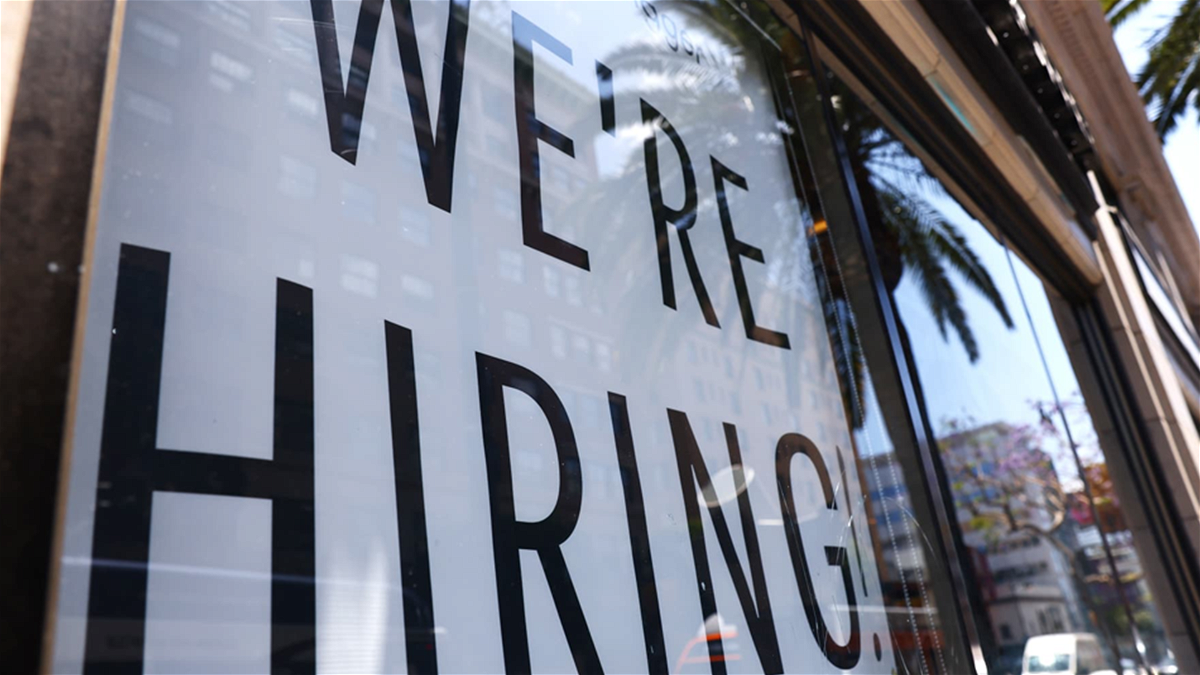Have you ever seen so many help wanted signs? It would appear that EVERY business is challenged with recruiting employees. My inbox and snail-mailbox are constantly full of recruiting efforts from various industries, daily. I participated in a job fair in July with my then-employer. The entire venue was full with booths from a multitude of companies from different industries and sectors. The only thing missing… the job seekers. No one showed up. Where have all the people gone?
Some argue that state and federal Covid-19 unemployment benefits incentivize people to not work. Depending on the state you live in, a qualified individual could receive the equivalent of up to 28 dollars per hour. This is due to the pre-Covid state unemployment insurance, coupled with a variety of Covid-related subsidies for qualified individuals.
That argument is about to be obsolete.
Pandemic Emergency Unemployment Compensation (PEUC), Pandemic Unemployment Assistance (PUA), and Federal Pandemic Unemployment Compensation (FPUC) were all federal unemployment relief programs established under the CARES Act in March 2020 as a response to COVID-19. All three expire the week of September 6th, 2021. While there doesn’t appear to be much political momentum to extend these benefits, there are over 11 million people still receiving unemployment benefits. How many of these people will be coming back to work after September 6? Are you ready for this?
Supply chain disruptions have been a reality we have grown accustomed to in the past 18 months. Organizations have adjusted and come to expect delayed deliveries and shortages. We have also adjusted to higher absenteeism, people working from home, and decreased headcount due to Covid. PPE inventories have adjusted to this lower headcount as well. Imagine the strain that MILLIONS of people returning to the workforce is going to put on supply chains that generate and distribute:
- Safety eyewear
- Safety footwear
- Hard hats
- Gloves
- Sleeves
- Specialized PPE
Kinda makes you start to think… How does your inventory look?
We are exchanging one problem that we have reluctantly adjusted to for a new problem that is going to catch us sleeping if we don’t prepare now. Aside from inventory constraints, what other impacts could this influx of new people have on the business?
OSHA, TRIR and DART rates can easily be affected. Studies have shown that the 0-6 month window for new employees is the highest risk time period for work related injuries. For most safety and onboarding programs, this is mitigated by the relatively low volume of new employees entering the organization. Over time, an equilibrium has been reached where new employees have an appropriate amount of training and support while they acclimate to their new surroundings and organizational culture. That equilibrium is about to be stress tested.
Along with the safety aspect, how will your production processes handle this test? Your quality and production teams have also historically been able to accommodate the rate of new employees added to the workforce. Even with that support, new hires typically generate added re-work, scrap, and loss of productivity. An influx of new people will pull productivity from seasoned employees due to training/mentorship efforts to teach them these work processes and skills.
Another issue organizations are facing is that we are currently in a seller’s market. People have more choices than ever before. Companies are competing fiercely to bring their workforce up to full capacity and keep the employees they already have. One overlooked function of training and onboarding is marketing the company brand. Not just the brand on the shelves, but their employment brand as well as their mission, vision and values. The experience from the new employee’s perception has never been more important than now. People are spoiled for choice.
The recruiting and onboarding team are a sales team. The potential employee is their customer. The product is the experience of working at that company. From the moment an individual is engaged through their first week of work, each step needs to be a good and supportive experience. When was the last time you audited your onboarding process? Have you sent an undercover auditor through to execute a thorough SWOT analysis? Would it be an experience you would be proud to show the C-Suite or a customer? This approach is a helpful tool to provide candid feedback, and create an experience that employees will feel valued and attracted to.
Have you looked at your training program through critical eyes? When was the last time you audited training to ensure it is accurate to your current processes, compliant to current internal and external requirements, and engaging while promoting the culture you want? Been a while?
Every person in a leadership position, from front line supervisors to Executives are part of the team selling the internal brand. It’s a reasonable assumption that training would be near or at the top of this list. We need our sales force to not only be intimately familiar with what they are selling, but to understand and believe in it. This means a legitimate effort from the most senior level of leadership to create that vision and instill a sense of ownership, pride, and urgency to this team so their behaviors are congruent with the vision.
The old saying “Leadership gets exactly the culture they deserve” has never been more true than today.
Training is so much more than information exchange. It is an opportunity to present and sell your brand to an internal customer. Consistent training efforts are a demonstration of commitment that helps these internal customers understand that they are worth the effort. It is teaching everyone the values of the organization, and the behaviors expected from a person to achieve success within it. Critical to this is that every person in a leadership position demonstrates those behaviors. Training must include all levels of the organization. Much like Stephen Covey’s four quadrants outlined in The 7 Habits of Highly Effective People, training is typically not urgent, but is incredibly important. Without it, how do you control the message each employee receives? How do your new employees perceive your product of company culture?







